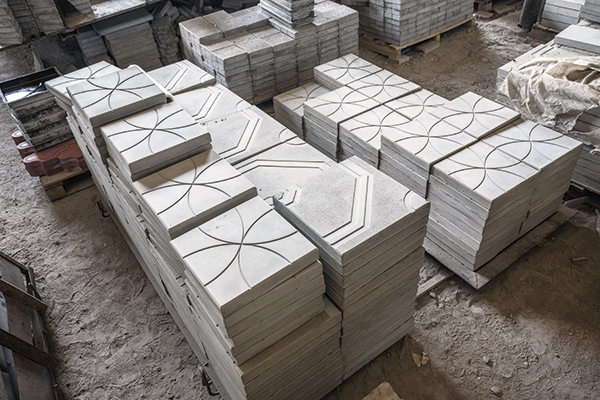I live in an area of Maryland that is seeing a huge surge in the number of 1,000,000 square foot warehouses being built. On a recent drive, I found four Amazon warehouses, a two-million sq. ft. Walmart warehouse and 22 other huge facilities — already built, or being built.
And that’s only within a 10-minute radius of my home.
One thing they all have in common is that they were built, or are being built, with precast concrete walls. Some of these buildings are 40 feet high. Transporting panels that big is just too expensive, so every building that’s under construction has a portable concrete plant on-site.
The use of concrete panels in construction isn’t new; I used them years ago as a general contractor. But while they’re common on commercial jobs, they’re just now showing up in homebuilding (as Susan Bady writes about in “Pros and Cons of Precast Concrete” in this issue).
Precast concrete provides numerous long-term advantages that include exceptional durability, lower energy costs and lower maintenance costs when compared with insulated metal panels and other building systems. Not only does it save money, but it is also more durable and easier to install than cast-in-place concrete, and can provide thermal mass in passive design. You can get precast beams, walls, floors, roofs and foundations.
Of course, there are criticisms of this material. With so many eyes on carbon emissions, concrete is under pressure because it produces significant amounts of carbon dioxide. Roughly 1,370 pounds of CO2 is produced for every metric ton of cement manufactured. It’s estimated that at least 8% of global emissions caused by humans come from the cement industry alone.
One way to reduce this is by replacing a portion of the Portland clinker with a combination of calcined clay and limestone. This is known as Limestone Calcined Clay Cement, or LC3.
Other alternatives are also being developed. In 2021, for instance, the first carbon-negative, full-size wall element was cast using wood waste as an additive. Though it has a somewhat lower strength than conventional concrete, it may find its way into non load-bearing walls.
The point is that while concrete panels and beams are here to stay in construction, expect to see more experimentation and performance enhancements in coming years.







